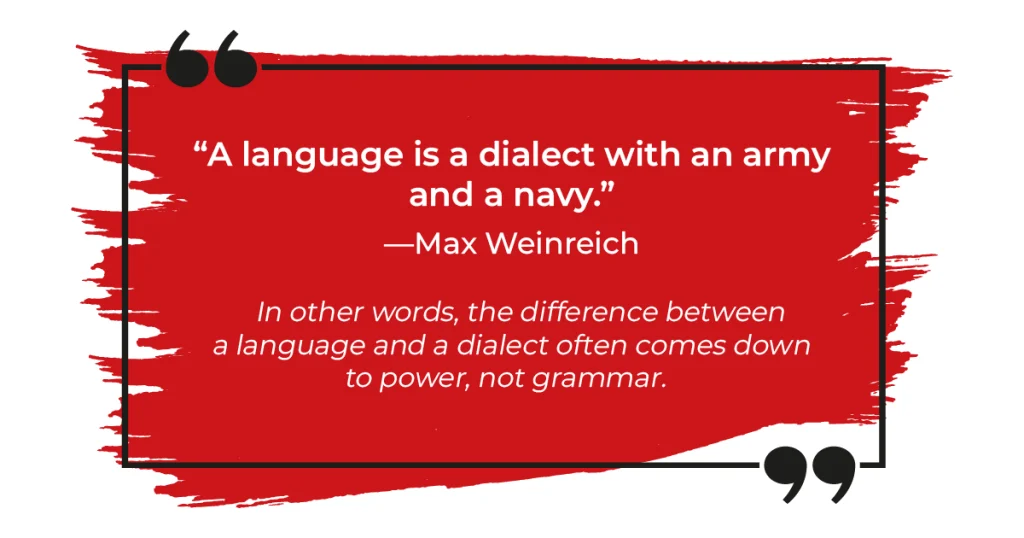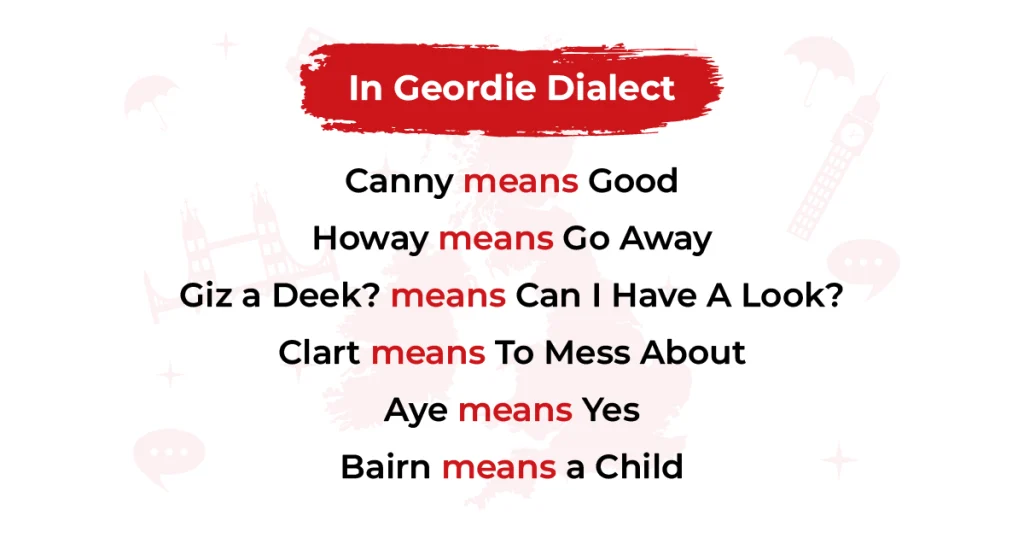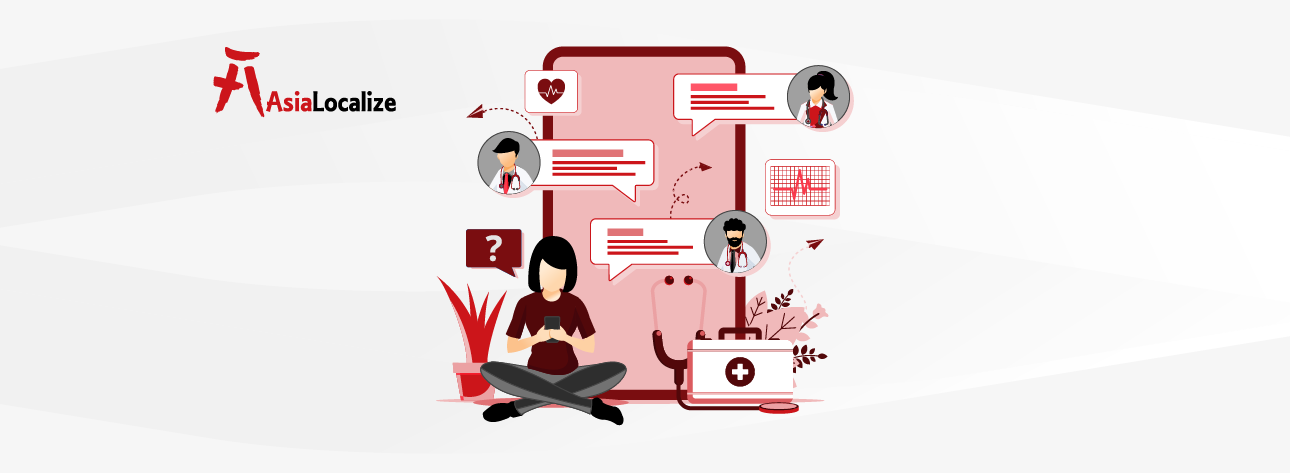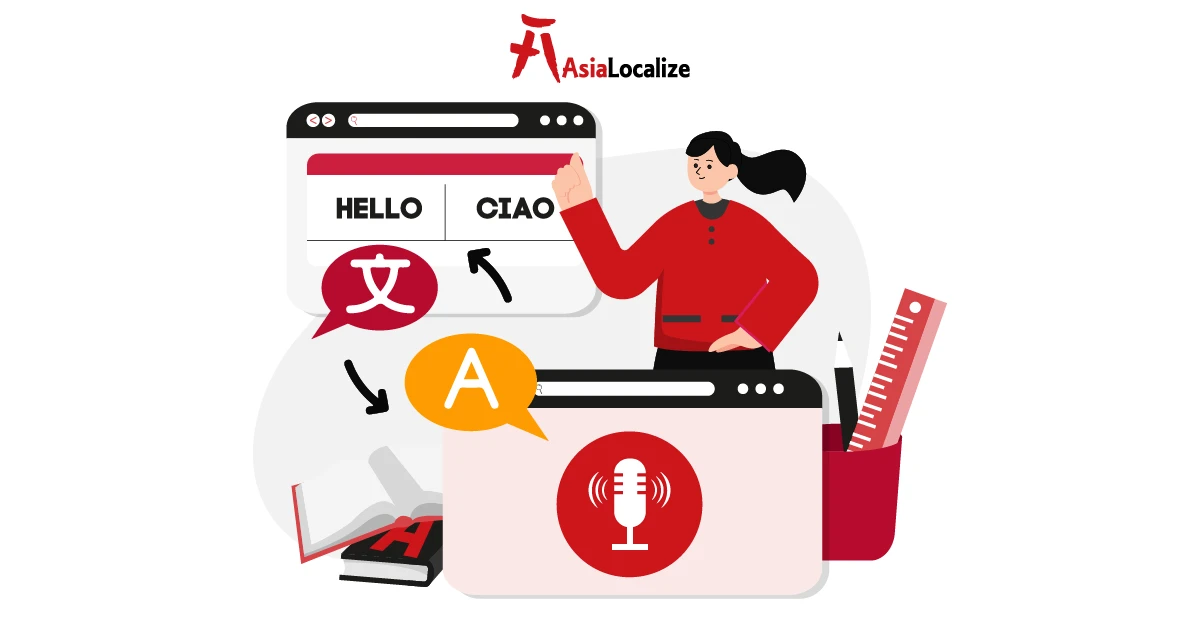Dialects can hinder people from the same country from understanding each other. When traveling to the U.S., for example, you will encounter unique phrases, words, and speech patterns in each region that couldn’t only disturb understanding between two English-language speakers using different dialects but also might be offensive.
Capturing a dialect’s influence on word meaning and pronunciation is one thing that can’t be overlooked, especially in a business context. It’s not only about languages; dialect variations are a real deal breaker.
Understanding language and dialect variations can help you navigate potential communication barriers and avoid unintended offense.
Let’s explore language and dialect differences to build stronger relationships with your target market.
The Key Difference Between Language and Dialect
The terms “language” and “Dialect” are often used interchangeably. However, to your surprise, the difference between language and dialect is frequently disputed, even for those who work in the translation industry.
Language
We can define “language” as a way of human communication used and understood by a specific country or community influenced by many cultural factors.
It’s the way of combining words and pronunciation to form an exact meaning understood only by a specific group of people.
Most of the languages have both spoken and written forms. However, some languages don’t have a written form, and vice versa, which means that many languages (ancient languages) have no native speakers, such as Latin.
In the general rule, speaking is the primary aspect of most languages.
Dialect
A language can be compared to a parent, while a dialect can be seen as its child. It’s as simple as that! A dialect is a subset or a version of a language spoken by a particular group of people in a specific geographical area.
Dialects can be distinguished from a language based on their unique vocabulary, pronunciation, and grammar.
For example, Mandarin and Cantonese represent distinct Chinese variations spoken in various parts of China.
In his attempt to define languages and dialects, the sociologist Max Weinreich once said, “A language is a dialect with an army and a navy.”
Mutual Intelligibility: Is It Really A Key Differentiator?
In reality, and despite all we have stated before about the differences between a language and a dialect, it can sometimes be very challenging to differentiate between them based on mutual intelligibility.
While mutual intelligibility refers to the ability of speakers of different language varieties to understand each other, Mandarin and Cantonese speakers, for example, can’t understand each other.
On the other hand, when South American, British, and Australian speakers engage in conversation, they will understand each other despite the variances in their dialects and accents.
| The Gray Area: Separate but Similar Spanish vs. Portuguese They’re separate languages—but speakers often understand each other. Why aren’t they just dialects then? 👉 Because it’s also about identity, history, and politics. 🧠 Point: Mutual intelligibility is not enough to define what makes a language vs. a dialect. |
This sheds light on the complex nature and difficulty of relying on mutual intelligibility as a key differentiator between a language and a dialect.
Note
Mutual intelligibility varies—some languages are understood in speech, writing, or both.
| Type of Mutual Intelligibility | Examples |
| 🗣️ + 📝 Spoken & Written | Czech & Slovak Dutch & Afrikaans Finnish & Estonian (partial) |
| 🗣️ Spoken Only | Polish & Ukrainian |
| 📝 Written Only | Icelandic & Faroese |
Accents vs. Dialects
How people pronounce words can vary greatly depending on their language. These differences aren’t limited to people from different countries; individuals often have distinct accents even within the same country.
That’s why an accent could be a key indicator of a speaker’s origin and dialect.
However, when considering the difference between dialects and accents, vocabulary and grammar uses could also be a deal breaker.
Dialects come with a whole set of unique words and grammar uses, which is not the case with accents. Accents relate to pronunciation only.
For example, the Geordie dialect in England is known for its distinctive speech patterns. It possesses a unique set of words, such as scran, which means food, to the extent that the pop star Cheryl Cole was dropped from the U.S. version of The X Factor because of her strong accent, which her colleagues couldn’t readily comprehend.
While speaking the official languages of your target market is crucial when attempting to enter your target market, dialects shouldn’t be overlooked.
Remember, dialects significantly shape cultures, identities, and communication styles.
People from a particular region will appreciate it once they discover that your business makes an effort to deliver messages in their own tongue. They will feel as if the content was initially tailored to cater to their needs and preferences.
That won’t only help your business to foster inclusivity but also connect with your audience on a deeper level.
Embracing language and dialect variations can be a powerful tool for building trust, promoting understanding, and ultimately achieving success in a globalized marketplace. And as a 12-year translation company, we can help you with that.
| We offer top-notch language translation services in 120 languages! Ready to Tap Into Your Target Market? |







